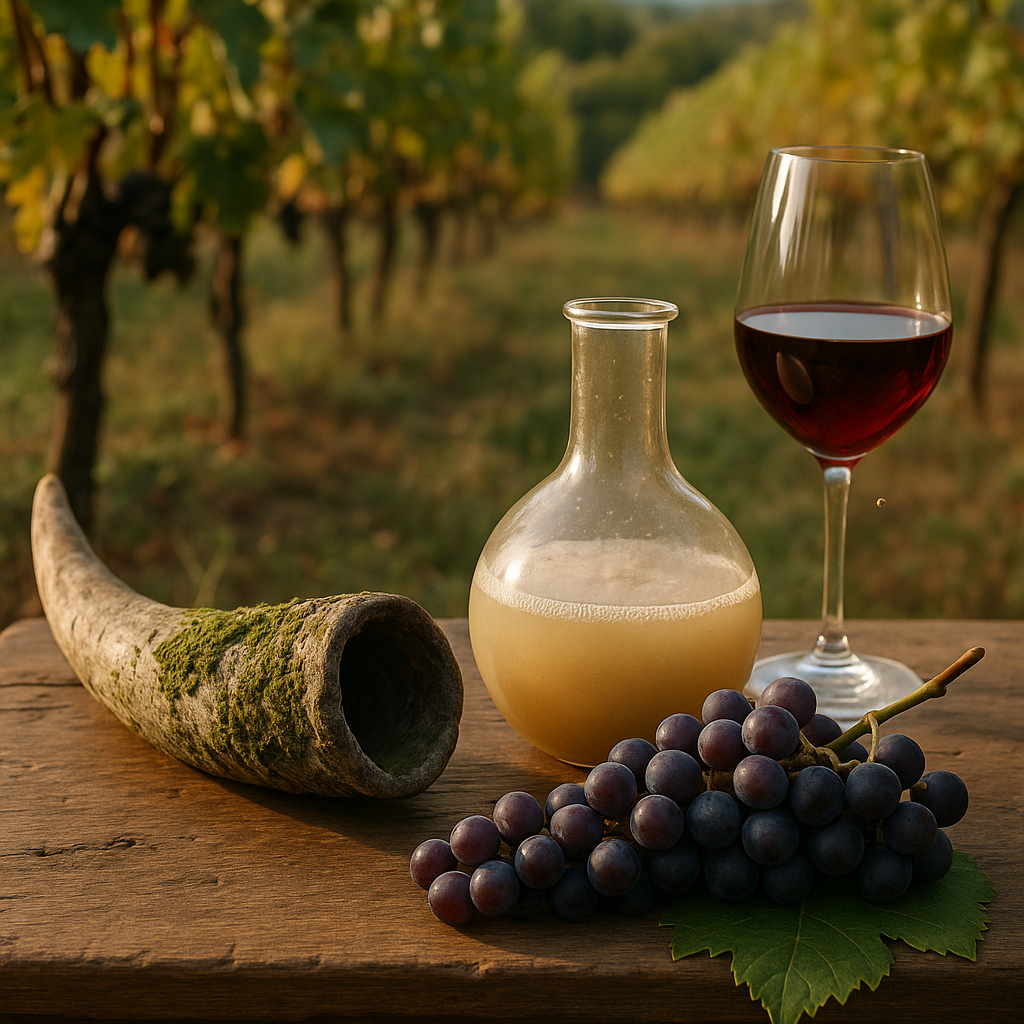
Yeast strains' role in 2025 biodynamic vintages
Share
The Biodynamic Wine Movement: A Growing Trend in 2025
As the biodynamic wine movement gains momentum in 2025, the role of yeast strains has become a focal point for vintners seeking to enhance the unique characteristics of their wines. Unlike conventional winemaking, which often relies on commercial yeast, biodynamic practices emphasize the use of indigenous yeasts that reflect the terroir. These naturally occurring strains not only contribute to the flavor profile but also promote a sense of place, allowing each vintage to tell a story of its environment.
In the vineyard, biodynamic principles encourage a holistic approach, integrating lunar cycles and natural preparations to foster soil health. This nurturing of the ecosystem results in grapes that are not only more resilient but also imbued with the distinctive qualities of their surroundings. As winemakers experiment with different yeast strains, they are uncovering new dimensions of flavor, aroma, and complexity. This exploration not only enriches the biodynamic narrative but also invites wine enthusiasts to appreciate the intricate dance between nature and craftsmanship in every bottle.
Unveiling the Microbial Magic: How Yeast Strains Shape Wine Aroma and Flavor
In the intricate world of winemaking, yeast strains act as the unseen artisans, crafting the aroma and flavor profiles that define each vintage. These microorganisms, particularly Saccharomyces cerevisiae and its wild counterparts, possess unique metabolic pathways that influence the fermentation process. As they consume sugars, they produce not only alcohol but also a complex array of volatile compounds, such as esters and phenols, which contribute to the wine's bouquet.
In 2025, biodynamic practices emphasize the selection of specific yeast strains that harmonize with the vineyard's terroir, enhancing the expression of the grapes. For instance, certain indigenous yeasts can elevate the floral notes in white wines, while others might amplify the earthy undertones in reds. The synergy between yeast and grape variety creates a dialogue that reflects the vineyard's unique characteristics. As winemakers explore these microbial possibilities, they unlock new dimensions of flavor, ensuring that each bottle tells a story deeply rooted in its environment. This dynamic interplay not only enriches the tasting experience but also underscores the importance of biodiversity in sustainable viticulture.
Future Prospects: Innovations and Challenges in Biodynamic Yeast Utilization
As we look ahead to 2025, the landscape of biodynamic viticulture is poised for transformative changes driven by innovations in yeast utilization. The ongoing research into native and cultivated yeast strains is revealing their potential to enhance the complexity and character of biodynamic wines. Advances in genetic sequencing are enabling winemakers to better understand the unique profiles of these yeast strains, allowing for more tailored fermentation processes that respect the terroir while amplifying the wine's inherent qualities.
However, with these innovations come challenges. The delicate balance of biodynamic principles—fostering a self-sustaining ecosystem—can be disrupted by introducing new yeast strains that may not harmonize with the vineyard's existing microbiome. Additionally, the potential for climate change to alter fermentation dynamics necessitates a flexible approach to yeast management. Winemakers must remain vigilant, adapting their practices to ensure that the essence of biodynamic philosophy is preserved while embracing the scientific advancements that can elevate their craft.
